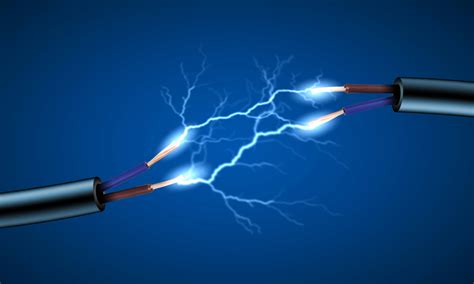**Calculate Amps: The Ultimate Guide to Understanding Electrical Current**
Introduction
Electricity is a fundamental part of our modern world, powering everything from our homes to our industries. Understanding the basics of electricity, including how to calculate amps, is crucial for ensuring safe and efficient use of electrical systems. This comprehensive guide will equip you with the knowledge and skills you need to calculate amps accurately.
What are Amps?
Amps (short for amperes) are the units used to measure electrical current. Current refers to the flow of electrical charges through a conductor, such as a wire. The higher the amperage, the more charges are flowing through the circuit.
Why Amps Matter
Calculating amps accurately is essential for several reasons:
-
Ensuring Safety: Overloading circuits with excessive amperage can cause overheating, fires, and other safety hazards.
-
Proper Sizing of Electrical Components: Selecting electrical components, such as wires, circuit breakers, and fuses, requires knowing the amperage they need to handle.
-
Troubleshooting Electrical Issues: Identifying and resolving electrical problems often involves measuring amperage to determine if there are any abnormalities.
How to Calculate Amps
There are two main methods for calculating amps:

Ohm's Law
Ohm's Law states that current (I) is equal to voltage (V) divided by resistance (R):

I = V / R
where:
-
I is the current in amps
-
V is the voltage in volts
-
R is the resistance in ohms
Power Formula
The power formula states that power (P) is equal to voltage (V) multiplied by current (I):
P = V * I
where:

-
P is the power in watts
-
V is the voltage in volts
-
I is the current in amps
You can rearrange this formula to solve for current:

I = P / V
Step-by-Step Approach
Here's a step-by-step approach to calculating amps:
-
Identify the voltage: Measure the voltage across the circuit or electrical component using a voltmeter.
-
Identify the resistance: For a simple circuit, the resistance can be found by reading the value on the resistor. For more complex circuits, you may need to calculate the resistance using Ohm's Law.
-
Apply Ohm's Law or the Power Formula: Use the appropriate formula based on the information available.
-
Calculate the amps: Plug the voltage and resistance (or power) values into the formula to calculate the current in amps.
Tips and Tricks
- Use a multimeter to measure both voltage and resistance for accurate amperage calculations.
- If you don't know the resistance, you can calculate it using Ohm's Law: R = V / I.
- If you know the power and voltage, use the power formula: I = P / V.
- Remember that amps are measured in units of one amp.
Benefits of Accurate Amperage Calculations
Accurate amperage calculations provide several benefits:
-
Enhanced Safety: Prevents overloading of circuits and potential hazards.
-
Improved Efficiency: Ensures that electrical components are operating at their optimal capacity.
-
Reduced Downtime: Helps troubleshoot electrical issues quickly and effectively.
-
Cost Savings: Prevents damage to equipment and reduces the need for repairs and replacements.
Applications
Calculating amps is essential in various applications, including:
- Sizing electrical wires and cables
- Selecting appropriate circuit breakers and fuses
- Troubleshooting electrical circuits
- Designing and maintaining electrical systems
- Ensuring compliance with electrical codes and standards
Tables
Table 1: Ampacity of Common Wire Sizes
| Wire Size (AWG) |
Ampacity (Amps) |
| 10 |
30 |
| 12 |
20 |
| 14 |
15 |
| 16 |
10 |
| 18 |
7.5 |
Table 2: Maximum Amperage for Different Circuit Breakers
| Circuit Breaker Amperage |
Circuit Type |
| 15 |
General lighting, outlets |
| 20 |
Appliances, lighting |
| 30 |
Air conditioners, ranges |
| 40 |
Water heaters, clothes dryers |
| 50 |
Motors, heavy appliances |
Table 3: Amperage Requirements of Common Appliances
| Appliance |
Amperage (Amps) |
| Refrigerator |
2-4 |
| Dishwasher |
12-15 |
| Microwave |
5-10 |
| Electric stove |
30-50 |
| Washer |
10-20 |
| Dryer |
30-50 |
Call to Action
Mastering the ability to calculate amps is crucial for anyone working with electrical systems. By following the methods and principles outlined in this guide, you can ensure accurate amperage calculations, promoting safety, efficiency, and reliability in your electrical projects.
